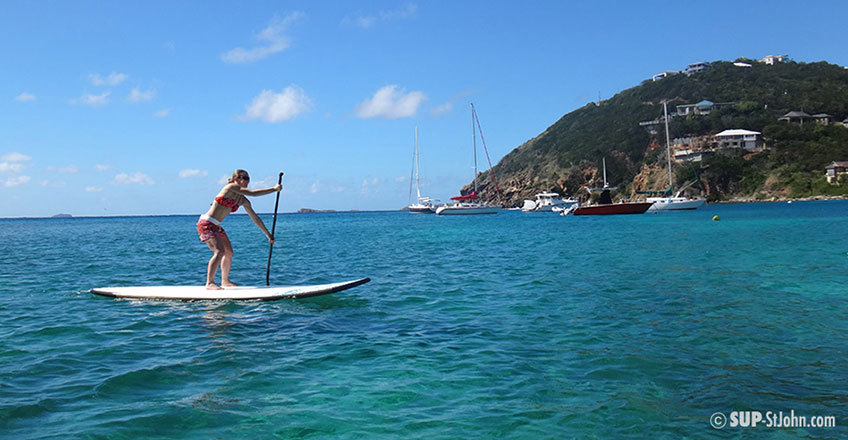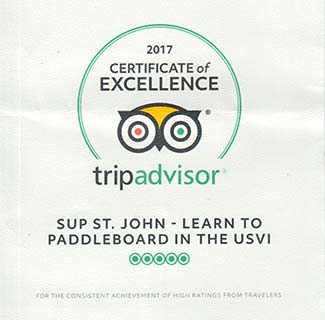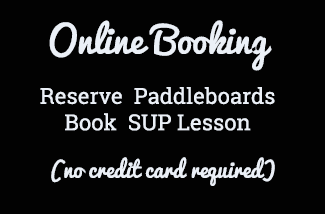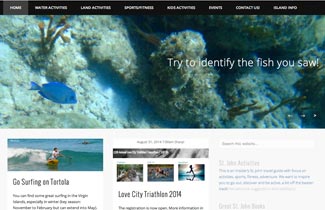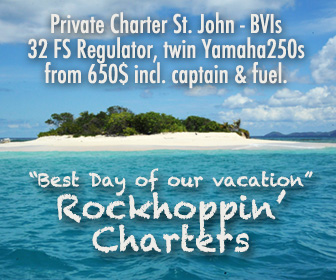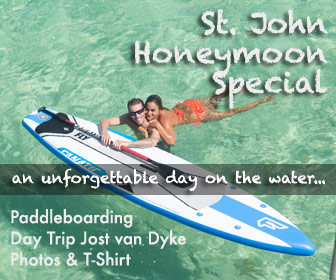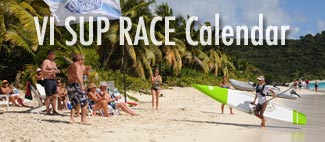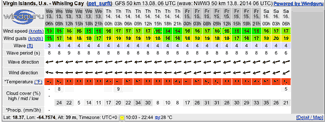SUP is short from Stand Up Paddling. You stand on a over-dimensional surfboard and move along the water using a long paddle. It is an emerging global sport with a Hawaiian heritage. There are hints that the ancient pacific islanders already used large boards to ride waves and move on the water. The sport is an ancient form of surfing, and reemerged as a way for surfing instructors to manage their large groups of students, as standing on a bigger board gave them a higher viewpoint. With the invention of lightweight shortboards into the surfing scene, SUP felt a bit into oblivion but has recently been rediscovered especially in areas with flat water and few waves. It now is the fastest growing watersports since the 80s windsurf boom.
People of every age and ability can learn to Stand-Up Paddle on any kind of water surface. Only condition: Being a good swimmer, in case you fall in. The eco-friendly new popular sport offers a perfect, holistic workout which is easy on the joints. In order to move the board, the whole body has to be under tension so it is a strong ‘core’ workout. But it’s not just the core, the legs are needed to balance the board and the arms do the paddling. So it is a very effective total body workout, which will change your body for the better within weeks. Plus, discovering stunning scenery from a SUP is much more fun than being on the treadmill…


